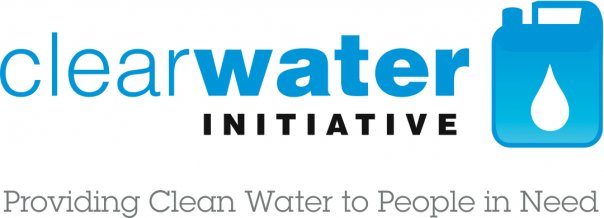
Join Clearwater Initiative as we observe World Water Day. It is a day that has great meaning for us as an organization and also to the international community of citizens concerned about raising the clean water standard for impoverished populations around the globe.
Personally, we fondly remember World Water Day, 2008 as the date of the first-ever Clearwater fundraiser. It was on March 24th, 2008, that we gathered at Carroll Street Cafe in Atlanta, GA. We had a strong showing on a chilly night, and raised enough money to build two new protected springs in northern Uganda, providing clean water to nearly 1,100 people! We were off to a great start, and very encouraged by all of you to continue our work. Thank you for that.
 On a global level, the United Nations recognizes access to safe water as one of the eight Millennium Development Goals aimed at poverty reduction and community empowerment. In honor of World Water Day, 2010, the UN Secretary-General had this to say:
On a global level, the United Nations recognizes access to safe water as one of the eight Millennium Development Goals aimed at poverty reduction and community empowerment. In honor of World Water Day, 2010, the UN Secretary-General had this to say: “More people die from unsafe water than from all forms of violence, including war. These deaths are an affront to our common humanity, and undermine the efforts of many countries to achieve their development potential.” (4)
When we discuss the dearth of access to clean water, we are talking about a phenomena which most greatly afflicts women and girls first. (They are more likely than men and boys to be the ones burdened with collecting drinking-water.) It likewise affects the poor living in rural, undeveloped areas. Looking more closely, we find the greatest concentration of this population lives in Sub-Saharan Africa. (2) This is where Clearwater chose to began it’s work.
A few of the staggering facts*:
• More than 1 billion people around the world lack access to clean water and another 2 billion to sanitation
• Waterborne disease kills 1.5 million children each year
• Two million tons of sewage and other liquid waste drain into the world’s water supply every day
• Despite an even divide between urban and rural dwellers, 8 of 10 without clean water, and 7 of 10 without proper sanitation live in rural areas
• In many rural areas, the average woman spends 25-30% of her time fetching water
• Improving water and sanitation programs is crucial to spurring growth and sustaining economic development
The Clearwater Initiative was founded out of the unique and personal experiences of Ben Sklaver, who wanted to offer a measure of relief to the suffering he witnessed in Sub-Saharan Africa. But clean water was more than a personal crusade for Ben, and it is about more than his legacy to those of us keeping his vision alive.
 It is about making the world a better place, one person at a time, one dollar at a time, one community at a time. It is about being a part of an international movement driven by NGO's, passionate individuals, by large groups like the United Nations, and by grassroots community mobilization. In honor of World Water Day, reach out today to offer someone a hand up. Empower someone to reach their potential. Be a conduit for change. Grant someone the human right of access to a clean, safe, sustainable water source. Donate. Educate. Inspire. Ask others to join you.
It is about making the world a better place, one person at a time, one dollar at a time, one community at a time. It is about being a part of an international movement driven by NGO's, passionate individuals, by large groups like the United Nations, and by grassroots community mobilization. In honor of World Water Day, reach out today to offer someone a hand up. Empower someone to reach their potential. Be a conduit for change. Grant someone the human right of access to a clean, safe, sustainable water source. Donate. Educate. Inspire. Ask others to join you. Sources: (1) United Nations Environment Programme, (2) WHO/UNICEF Joint Monitoring Programme for Water Supply and Sanitation, (*) UNICEF, (4)UN Press Release, Banner: www.worldwaterday2010.info






